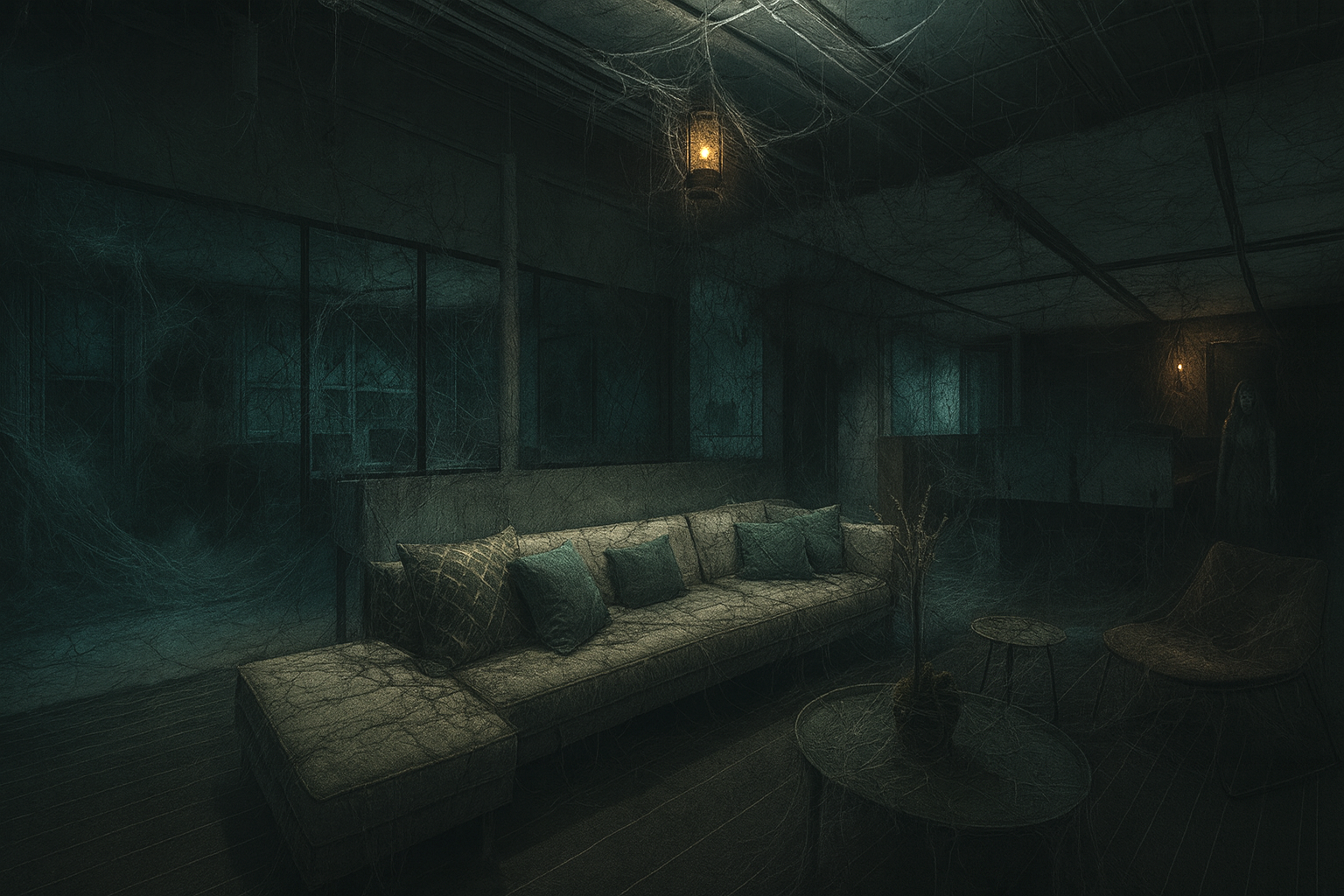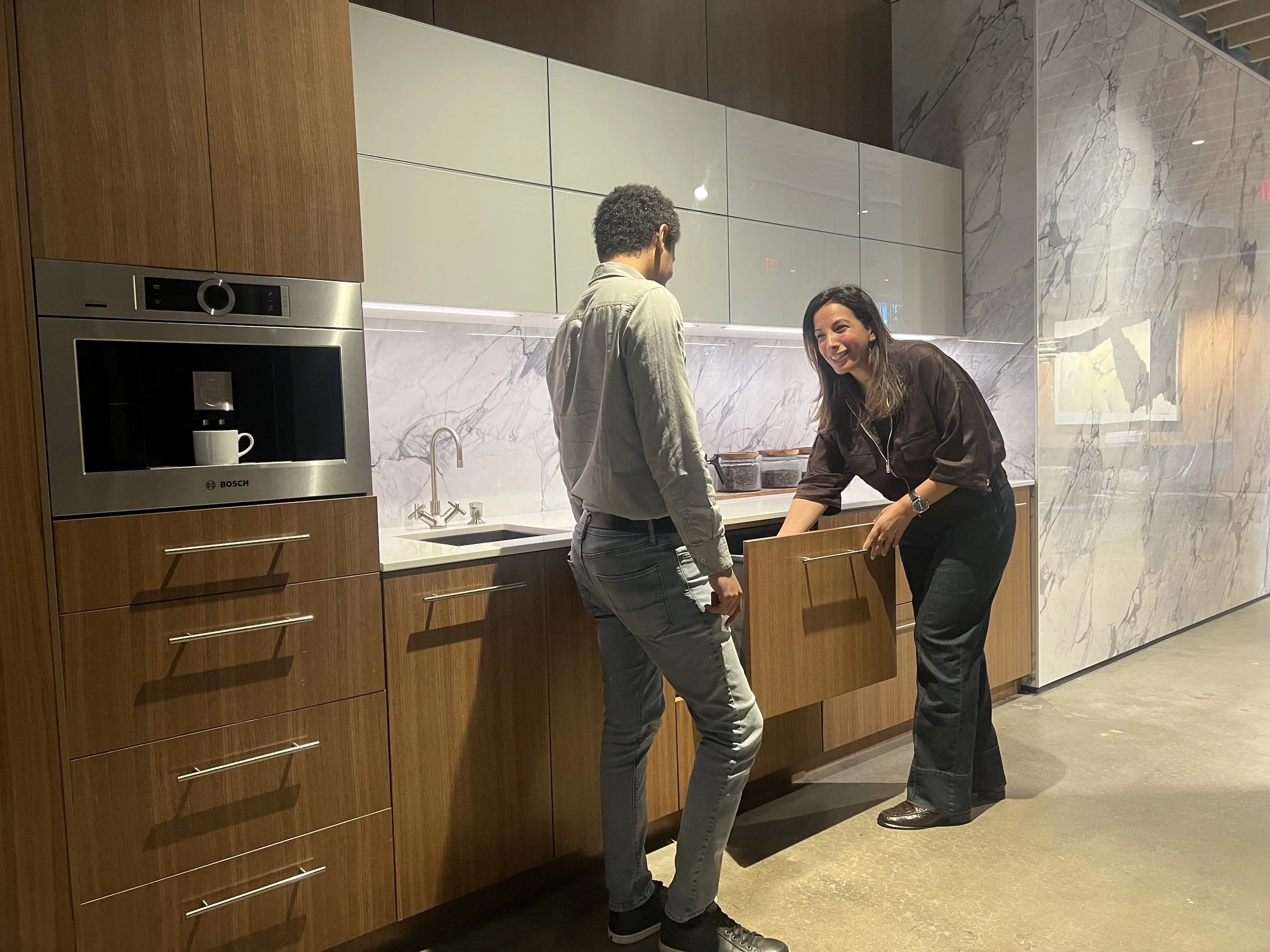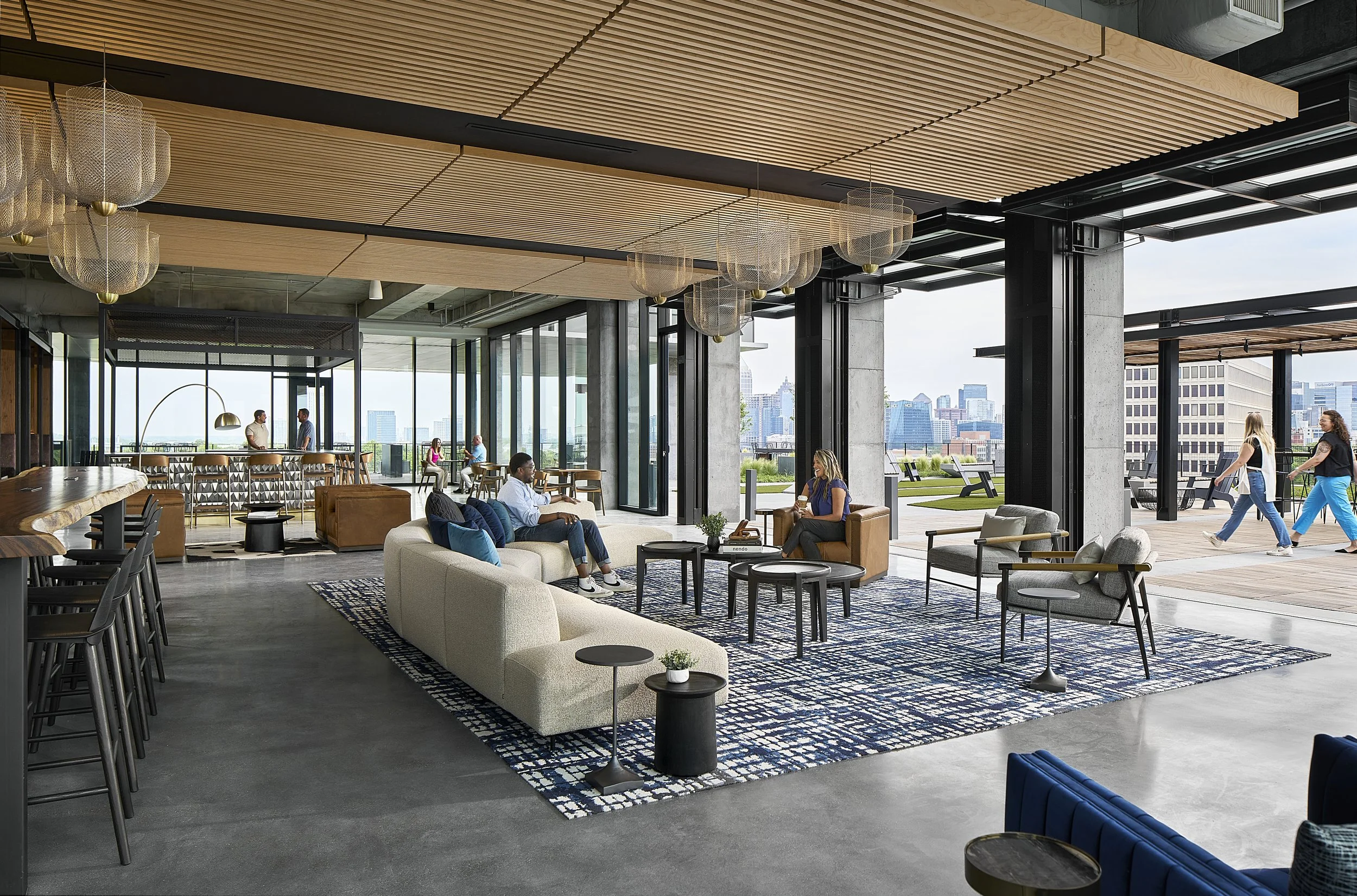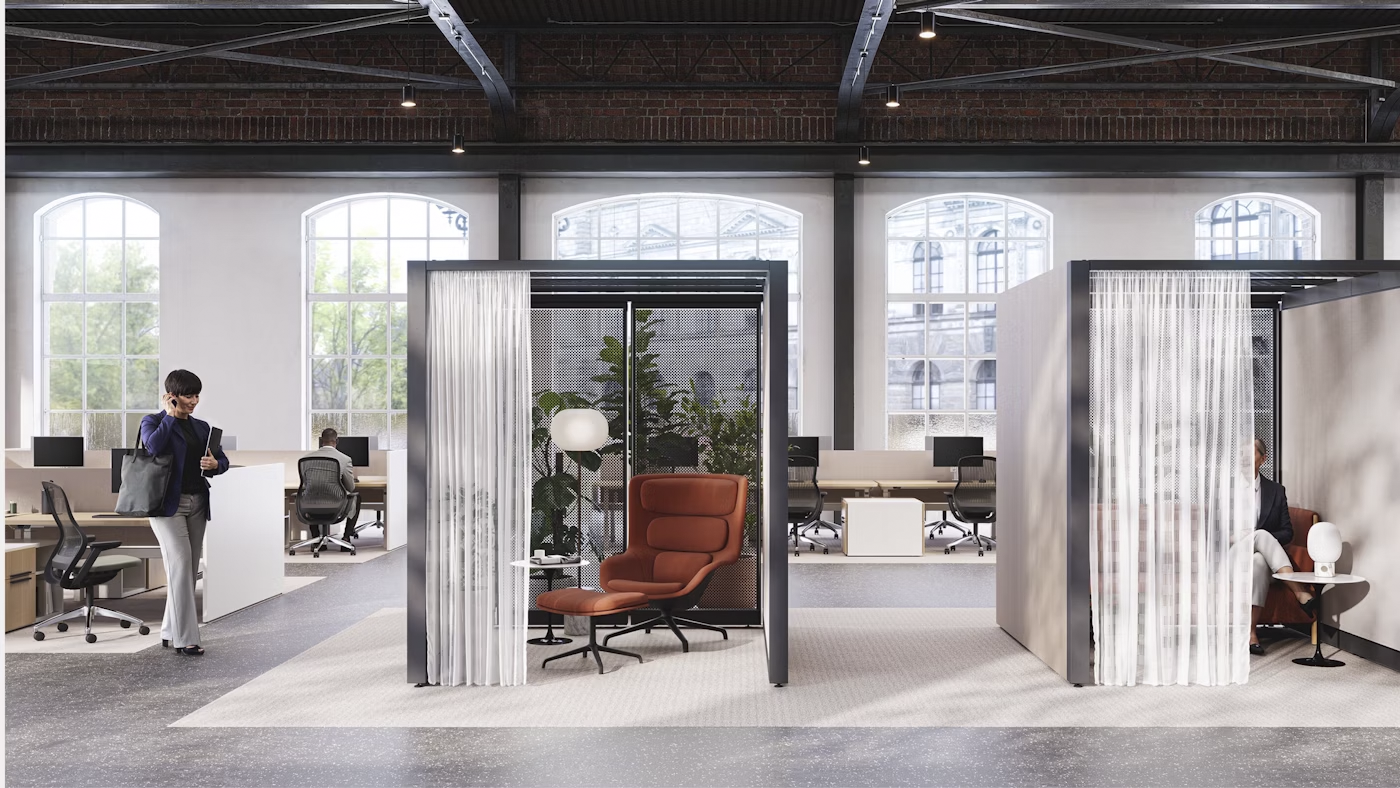Corporate Environments Blog:
Commercial Design Trends & Tips
TAGS
- furniture
- corporate environments
- woman-owned
- ce story
- workplace
- ergonomics
- ergonomic chairs
- florence knoll
- women's international day
- ray eames
- workplace wellbeing
- knoll
- herman miller
- artificial intelligence
- neocon2023
- retaining talent
- generation z
- office chair
- reconfiguration
- healthcare
- millerknoll
- healing
- fostering culture
- design
- on site support
- day 2 services
- collaboration spaces
- attracting talent
- services
- relocation
- history
- professional development
- beyond furniture
- brand collective
- neurodiversity
- collaboration
- hotelification
- strategy
- task chair
- maintenance
When it comes to new or different construction methods, it’s natural for clients and partners to have questions. At Corporate Environments, we know that DIRTT can feel unfamiliar at first. To make things easier, we’ve rounded up some of the most common concerns we hear, and how DIRTT answers them.
Furniture does more than fill a space; it influences how we work, connect, and feel. For architects and designers, partnering with a trusted furniture dealership early in the planning process can be the key to creating environments that are functional, adaptable, and built for long-term success.
Furniture does more than fill a space; it influences how we work, connect, and feel. For architects and designers, partnering with a trusted furniture dealership early in the planning process can be the key to creating environments that are functional, adaptable, and built for long-term success.
This morning, I stepped into a conference room for what should’ve been a simple meeting, but something felt off. The lights were too bright, the chairs were stiff, and the plain walls did little to inspire. Instead of feeling ready to collaborate, I found myself distracted, disengaged, and eager to leave.
Design Days and NeoCon 2025 delivered bold ideas, forward-thinking materials, and a renewed sense of purpose across every showroom. This year’s events made one thing clear: the future of workplace design is not just about aesthetics but how they feel, how they adapt, and how they support both people and the planet.
When it comes to workplace design, one of the most powerful tools isn’t technology, it’s natural sunlight. It impacts employee well-being, productivity, and energy. At Corporate Environments, we prioritize environments that not only function efficiently but also contribute to healthier, happier workdays.
When we design patient rooms with empathy and warmth in mind, we send a powerful message: We see you. We care about your experience. Your emotional comfort matters here. Healthcare will always have clinical parts, we can’t (and shouldn’t) eliminate that.
A healthy workplace doesn’t happen by chance, it starts with intentional design. As we recognize World Health Day on April 7, it’s the perfect time to rethink how work environments impact an employee’s well-being. From ergonomic solutions to biophilic design and healthcare-inspired materials, here’s how organizations can create spaces that support employee wellness in 2025 and beyond.
When organizations look to procure furniture, they typically follow one of two paths: the traditional bid route or the cooperative purchasing path. Each has its own advantages, timelines, and costs associated with the process. Understanding these differences can help decision-makers choose the best approach for their specific needs.
More than just a designer, Florence Knoll was a problem solver. After graduating from the Kingswood School for Girls, she caught the attention of renowned architect Eliel Saarinen, who invited her to study at the Cranbrook Academy of Art. She became deeply connected to the Saarinen family and formed a lifelong friendship with Eero Saarinen. At Cranbrook, she learned alongside future design legends such as Harry Bertoia, Ray and Charles Eames.
As organizations continue to change and adapt, the need for flexible and efficient office layouts has never been greater. In 2025, modular furniture is playing a pivotal role in transforming traditional workspaces into agile, dynamic environments that cater to evolving workforce demands.
Modular furniture has evolved beyond basic adaptability; it now integrates smart design, sustainable materials, and technology-driven solutions. Companies are shifting towards modular systems that not only reconfigure with ease but also enhance productivity, collaboration, and employee well-being.
Gone are the days when furniture was just functional; now, it’s becoming intelligent, adapting to the needs of employees and enhancing workplace efficiency like never before. AI-integrated furniture combines smart technology with traditional office elements to create dynamic, responsive, and efficient work environments. From desks that adjust height automatically based on user preferences to conference tables equipped with AI-powered collaboration tools, these innovations are changing how we work.
As the workplace continues to evolve, so do the expectations for how offices are designed. The latest trends in furniture and office layout are paving the way for more adaptable, inspiring, and sustainable work environments. Whether you’re considering a complete redesign or a subtle refresh, these trends for 2025 will help transform your workspace into a place where creativity and productivity thrive.
For Derick, breaking into the industry came at an early age. "I got into this field at 18, just looking for a summer job," he recalls. "A family friend mentioned an office furniture dealership needed help in the warehouse, so I jumped in, off-loading trucks, cutting down boxes, and putting them into a baler." That hands-on experience laid the foundation for his career, but his true breakthrough was still ahead. As a minority co-owner, Derick sees opportunity as central to serving the community.
As Corporate Environments continues to thrive under MBE certification, Marcus Tate’s leadership stands as an example of dedication, balance, and the power of a clear vision. The future looks bright for both Marcus and Corporate Environments as they value diversity and drive innovation in the commercial furniture industry.
Karen’s entry into the world of corporate furniture wasn’t exactly planned. "I got into this business by auditing an office furniture dealer in Birmingham, Alabama," she recalls. Impressed by her work, the dealer offered her the role of Controller. What started as a unique opportunity soon became a career foundation, igniting a passion for building a company from the ground up.
In today’s dynamic work environments, comfort and functionality are more essential than ever for employee well-being and productivity. While ergonomic furniture has been a longtime focus, sound management is now recognized as equally critical. Acoustic furniture—such as panels, curtains, and partitions—offers solutions that absorb sound, reduce stress, and enhance the atmosphere. Brands like SnowSound and BuzziSpace lead with sustainable, stylish options that fit seamlessly into modern office designs. Explore how incorporating acoustic furniture creates a welcoming, productive workspace, blending style with sound management to support employee comfort and focus.
Color plays a powerful role in shaping our perceptions, emotions, and behavior. In the workplace, where productivity, creativity, and collaboration are key, understanding the science behind color psychology can help design spaces that enhance performance and well-being.
A self-stabilizing table base like NOROCK can turn that potential lunchtime disaster into a calm, steady experience, letting you focus on what matters—whether that's enjoying your break or simply avoiding yet another stain on your clothes. With innovative designs like those from NOROCK, stability is no longer a luxury but a necessity.
Prioritizing ergonomics is not just about preventing pain; it's about fostering a work environment where employees can thrive physically and mentally. As research and technology continue to advance, so too do our opportunities to create workspaces that truly support our well-being.
Imagine walking into a vibrant office space filled with a mix of open areas, cozy corners, and private Herman Miller OE1 nooks. In one area, a group of colleagues from various departments engage in animated discussion, their faces lit with excitement. In another, two teammates sit on a Pfister Sofa collaborating over a virtual meeting. Nearby, an individual is deeply focused, working in a quiet, personalized space. This diverse environment isn't just about aesthetics; it's about creating work settings that support the varying needs of employees.
Another trip to Chicago for NeoCon didn’t disappoint. This year's theme, “Design Takes Shape,” was vividly displayed in showrooms, each showcasing unique styles. Designer Yinka Ilori summed it up: “Design is a global language—we live and breathe it.”
Our 2024 workplace trend predictions—flexibility, adaptability, well-being, sustainability, and inclusivity—were spot on. Sustainability shone with Kvadrat’s textiles from ocean-bound plastics and MillerKnoll’s exhibit on waste reduction and eco-friendly materials. Mobility and adaptability featured prominently, with products like Narbutas' Worklab mobile desk.
I see that the value of DIRTT goes far beyond just aesthetics or functionality. It's about sustainability, reducing environmental impact, adaptability, and predictability. It's about creating spaces that not only look good but also feel-good knowing that they're built with integrity and a commitment to making the world a better place. So yeah, I get it. DIRTT is great, and that's something worth celebrating.
Earth Day has been celebrated on April 22nd since 1970; it is a time to reflect on our impact on the environment and explore ways to embrace sustainability in every aspect of our lives. In the commercial design industry, 2024 is shifting towards more eco-conscious designs
As we honor Women’s International Month, let us explore the lives and legacies of some of the most influential women in the furniture industry. From pioneers like Florence Knoll and Ray Eames to the trailblazers of today, their stories remind us of the power of perseverance, creativity, and determination in shaping the world around us.
The role of acoustics in the workplace is important. Excessive noise can serve as a daily obstacle, hindering concentration, disrupting workflow, and ultimately impacting job satisfaction. Whether it's the bustling chatter of colleagues, the continuous ring of phones, or the persistent ticking of the clock, unwanted noise can significantly slow down productivity
As we continue celebrating Mental Health Awareness this month, the focus is on well-being, especially in the workplace. Explore how the workplace can contribute to and enhance employee well-being.
As we step into 2024, new trends are set to redefine the way we work, collaborate, and innovate.

Let’s work together
Ut nibh ultrices penatibus vel adipiscing lacus et id. Egestas viverra blandit morbi diam mi ullamcorper amet.






























As a certified MillerKnoll dealer, we embrace research-driven insights to help companies normalize conversations around menopause and create environments that enhance comfort, focus, and well-being. From temperature control and tunable lighting to supportive seating and wellness spaces, thoughtful design empowers individuals to thrive—because when we design for people, we design for possibilities.